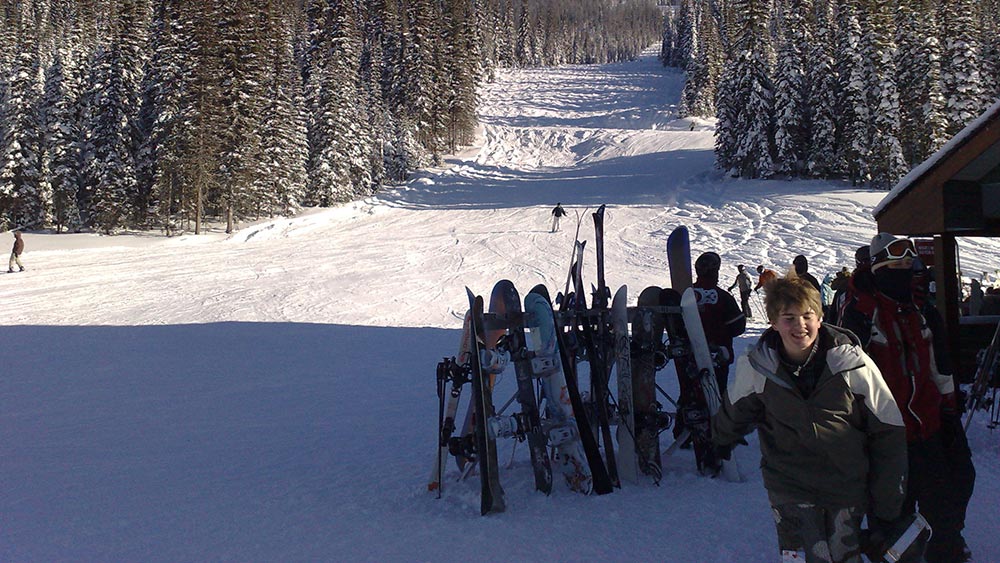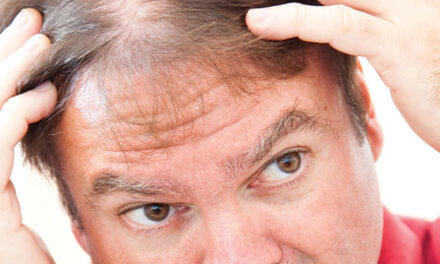Fun at the beach or on the slopes can cause premature aging or skin cancer. Winter or summer, sunscreen is important for all sun lovers. However, there are reports about the safety of some sunscreen brands. There is also much confusion about how much to use, which SPF number is adequate, or whether you should even use sunscreen in the winter?
In this article you’ll learn critical information about the health of your skin while being exposed to the sun, and what to do to avoid premature aging and skin cancer.
UVA versus UVB: What’s it all About?
The UVA (ultraviolet A) rays penetrate the skin, causing wrinkles and other skin damage, while UVB (ultraviolet B) causes sunburn. UVA has also been called the aging rays, while UVB rays are the sun’s burning rays. Damage can occur even on cloudy or hazy days. Glass or water can reflect the sun’s rays and impact your skin.
Altitude increases the sun’s ultraviolet strength.
Depending on your skin type, UVB damage can impact your skin even within the first 60 seconds. UVA penetrates through clear glass windows that don’t have a UV coating.
Learning the ABC’s of Skin Cancer
Besides premature aging, UV radiation can cause skin cancer. Reports indicate skin cancer is rising by 159 percent (source: Environmental Working Group, EWG) a year.
American Journal of Clinical Dermatology, (May–June 2000), reports that there are two types of cancer caused by unprotected and repeated sun exposure. These are basal cell carcinoma and squamous cell carcinoma. Although these two types of skin cancer are common and treatable, 1 in 84 could advance to the life threatening form of melanoma.
The typical ways to identify skin cancer have been identified by The American Academy of Dermatology by the following ABCD criteria:
- A — Asymmetry: One half of the lesion or suspect area is unlike the other half. If moles or freckles don’t look the same when an imaginary line is drawn in the middle, check with a dermatologist.
- B — Border: There is an irregular, scalloped or poorly circumscribed border around a suspected skin lesion or mole. Melanoma lesions often have uneven borders.
- C — Color: color varies from one area to another, with shades of tan, brown, black, white, red or blue.
- D — Diameter: The area is generally larger than 6 mm.
- E — Elevation: If a mole appears to change and grow in height, see your dermatologist.
How Sunscreens Protect
Depending on the active ingredient used, sunscreens can block radiation and not allow the sun’s rays to penetrate your skin. Other active ingredients help reflect the sun’s radiation. Some sunscreens are waterproof, while others are water resistant.
Sunscreens are a billion dollar per year industry. According to EWG senior researcher Sonya Lunder, many of the sunscreen products are over hyped. EWG tested nearly 1100 sunscreens and found the majority less effective than they claimed.
Centers for Disease Control and Prevention’s cancer division epidemiologist, Mona Saraiya, says those with broad spectrum claim may be the most problematic. These products are not clear on how much protection they provide.
The Basics of SPF Number
According to the FDA, the SPF (sun protection factor) number tells you how long it will take for you to burn with sun exposure.
This is how it works: If you have fair skin and normally sunburn in 10 minutes, an SPF 15 extends that by 15 times. So you could last 150 minutes without burning.
In other words, you would get protection for 2 1/2 hours (10 minutes ‡ 15 SPF = 150 minutes = 2 1/2 hours). If you used an SPF 30, your protection would increase to 5 hours (10 minutes ‡ 30 SPF = 300 minutes = 5 hours).
For medium or olive completion, we’ll assume you burn in approximately 30 minutes without sunscreen. According to our math, SPF 15 would provide 7.5 hours of coverage, while SPF 30 would protect you for 15 hours.
Those with already tan skin color may take 60 minutes to burn unprotected. Therefore, an SPF 15 would provide 15 hours protection, and SPF 30 would offer 30 hours. With dark brown to black skin, we’ll assume it takes two hours to burn without sunscreen in direct sun. With SPF 15, you’ll be protected for 30 hours and 60 hours of protection with SPF 30.
Two things to remember with these numbers. First thing is that all sunscreen brands recommend reapplying liberally and often. Also, how likely are you to stay in direct sunlight exposure for more than five to seven hours? Not very likely since the sun’s highest ultraviolet damage is usually between the hours of 10 AM to 4 PM or a six hour period of time.
Choosing the Best Sunscreen
There are many sunscreens with a variety of SPF factors, which makes it very confusing to decide which is right for you. While some feel the longer you stay in the sun, the higher your SPF number should be, others have the opinion the higher number doesn’t matter.As explained earlier, SPF lets you know how much protection you’ll get by extending the time you sunburn through the number assigned to it. Everyone agrees you should reapply sunscreen frequently. In other words, you donft apply it and think that’s it for the whole day, including after swimming. No matter what the SPF rating, you should apply liberally before, after swimming, toweling off or if you’re perspiring heavily. The recommendation is to apply your sunscreen at least 30 minutes before sun exposure.
Sunscreens can be found in a variety of types including lotion, oil, cream, gel and spray. Lotion and oil based sunscreens work well for those with normal or dry skin. For oily or combination skin, lightweight lotions or spray-on sunscreen are recommended.
If you use makeup, there are foundations that claim an SPF number. Loose mineral foundations with zinc oxide and titanium dioxide help protect based on how much you apply.
Safety of Active Ingredients in Sunscreen
Sunscreens use different active ingredients, depending on the brand. Some of the active ingredients have been found to be irritating, while others have never been safety tested. The best and safest recommended ingredients for sun protection are zinc oxide and titanium dioxide. These two ingredients protect against both UVA and UVB.
In 2009, a study by Center for Disease Control found the common UVA blocker oxybenzone in the urine of 2500 people who regularly used sunscreens. Oxybenzone has been reported to have hormone-like activity and is not recommended by EWG.
After testing 1000 brands of sunscreen, EWG found many with potentially toxic ingredients, including oxybenzone. FDA Allowable Ingredients in Sunscreens, and Results for Safety
- Padimate O—not supported by European Union (EU), may be delisted by FDA
- p-Aminobenzoic Acid (PABA)—shown to increase DNA defects
- Cinoxate—not tested for safety
- Dioxybenzone—not tested for safety
- Oxybenzone—not tested for safety
- Homosalate—not tested for safety
- Menthyl Anthranilate—not tested for safety
- Octocrylene—increases reactive oxygen in skin, advancing aging
- Octyl Salicylate—not tested for safety
- Trolamine Salicylate—not tested for safety
- Zinc Oxide—protects skin against tumors in mice
How to Protect Yourself in Summer or Winter
- Keep sunscreen and lip balm with you at all time, in your car and purse.
- Use a natural sunscreen, preferably with zinc oxide and titanium dioxide.
- Keep a broad-rimmed hat in your car and wear it during sun exposure, especially between the hours of 10 AM and 4 PM, when ultraviolet rays are strongest.
- Children have sensitive, delicate skin and should especially be protected with proper clothing to cover sun-exposed areas—Sunscreens with zinc oxide and titanium dioxide are the best recommended for
- babies and children.
- Wear sunglasses to help prevent damage like cataracts or vision loss at older age.
- Your lips also need sun cream. Protect your lips with natural lip balm with Shea butter, which has natural sunscreen properties.
- Apply sunscreen approximately 30 minutes before exposure. Reapply often.
- Make sure to apply to face, hands, neck, ears, hands and arms.











